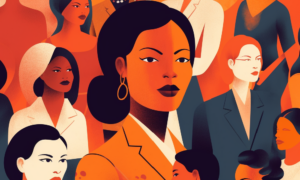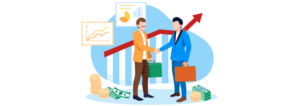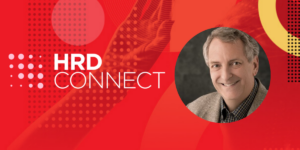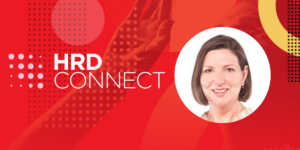Should HR leaders segment their workforces to develop wellbeing strategies?
- 5 Min Read
As new generations enter the workforce, many companies tend to group employees based on their demographic or age. Is it effective to segment people into rigid groups? With insights from Sam Fuller, Managing Director, The Wellbeing Project, HRD Connect investigate what impact this grouping can have on a workforce.
- Author: Louron Pratt
- Date published: Sep 19, 2019
- Categories
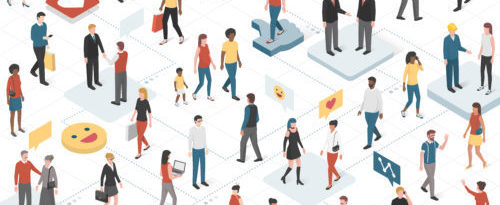
To develop a sustainable wellbeing programme, it’s almost impossible not to group your employees. Categorising a workforce is one way to help ensure that wellbeing initiations are targeted and effective.
“We are seeing a rapid increase in mental health awareness and training requirements within the workplace, but with a shift and growth in focus towards the preventative measure of building resilience,” says Sam Fuller, Managing Director, The Wellbeing Project.
“Today’s working environment is a changing landscape and we design and develop wellbeing programmes and initiatives that encompass this movement. When considering employees’ wellbeing, two extreme groups face very different pressures and challenges, and are driven by separate incentives. But we are now recognising a third group, who are in danger of being overlooked and unsupported – those who sit in the middle.”
Millennials:
As Millennials progress in their careers, they continue to have a significant impact on the world of work. This generation is constantly changing the expectations of employment and talent, as well as transforming the landscape with digital disruption. They have a huge desire to improve work-life balance, culture, and workplace ethics.
“Millennials are leading the way, making themselves heard and creating a new working culture. It’s fast-paced, tech-heavy and demanding, but the emphasis is also directed to their important work-life balance and this age bracket is keen to set firm working boundaries.” continues Sam.
The workplace will continue to transform as this group grow and develop in their respective careers.
“Organisations should be careful that the right interventions are being put in place, and a considered wellbeing strategy is drawn up to identify and address the genuine requirements of this generation.”
Ageing Workforce:
In contrast, generations before Millennials, such as Baby Boomers, are now experiencing change much more than they’re used to.
“Our Ageing Workforce is finding that their needs have changed, pressures on their life may have evolved and with retirement in sight (albeit no longer looking as attractive as it did 10/20 years ago), perhaps their motivation is beginning to dwindle.” says Sam.
Many organisations today work with a multi-generational workforce. Therefore, it’s important to address this specific group to reap the benefits of having such an experienced group of people working alongside emerging young talent. It’s important that these ageing employees are receiving specific support to aid their ambitions both personally and career-wise.
“Employers are beginning to address this group, offering specific wellbeing support, such as financial wellbeing provision, or leniency towards more time off as they find them caring for partners or relatives struggling with their health.”
By prioritising this, organisations can utilize the benefits of having an experienced group of people work alongside dynamic and young workers just starting their careers.
“This all goes a long way towards keeping their motivation strong, but a specific strategy would be more constructive.” continues Sam.
Pinch-Point:
However, between younger workers coming into the workforce, and the ageing workforce reaching the end of their careers, many workers are caught in the middle of these two groups, and sometimes go unrecognised.
“These groups are perhaps the most vulnerable. They are working at a faster pace, taking on board and adapting to the technological advances, flexing their work patterns; not only keeping up but possibility over-committing and allowing their strong work ethos to override their boundaries and impact heavily on their wellbeing.” says Sam.
Considering Every Group:
“Careful consideration must be given to each group to be able to evaluate the whole picture and effectively support employees across an organisation. We measure resilience with our Wraw psychometric tool which identifies resilience and its impact on workplace wellbeing.”
“Measured against our validated 5-Pillars model – energy, future focus, inner drive, flexible thinking and strong relationships – Wraw results can drill down into the subscales of each pillar and pinpoint areas which are most constructive or inhibitive to an employee’s wellbeing and ability to thrive at work.”
Results suggest that these three groups have very distinct areas of strength and limitation that, once recognised, can help employers to plan and direct their wellbeing interventions in a more targeted manner, instead of applying one standard approach.
“There are so many other ways to target distinct groups within a workforce, our Wraw psychometric tool is only one example. Strategic advice on the development and design of a wellbeing programme could be key to ensuring that these groups are treated equally,” concluded Sam.
Executing this strategy has its challenges, and certain groups that work for one business may not work for another. But segmenting different groups of people based on a large amount of research and analysis can ensure that every single employee is receiving the best treatment based on their age, and demographic. This can be key to maintaining a happy workforce, which in doing so, will increase productivity, engagement, and retention.




